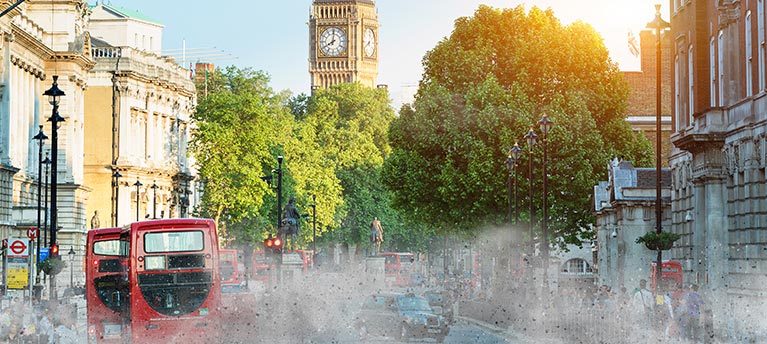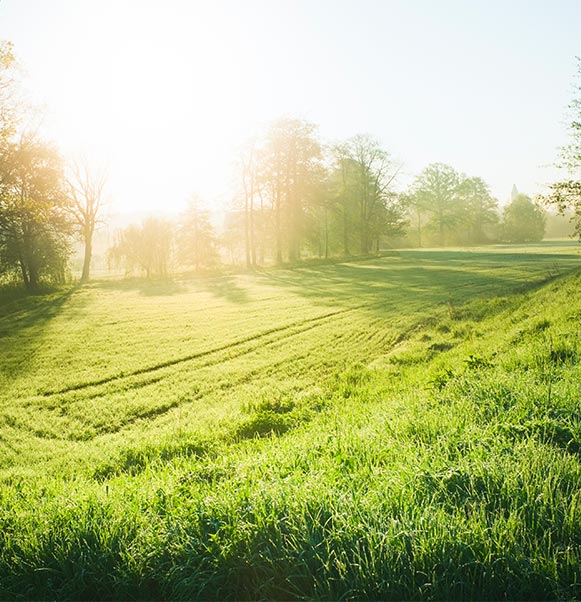

Visualising five of the UK’s polluted cities
Air pollution and the climate crisis are two of the biggest global challenges we’re facing
Air pollution increases the risk of developing heart and lung conditions and kidney failure and even animals can suffer ill health from being exposed to air pollution1. So it’s no surprise that our recent research2 found that nine in ten (89%) parents are concerned about the impact of pollution on their family’s health.
People in towns and cities across the UK are suffering from dangerous levels of air pollution. The UK Government splits the country into 43 zones to measure air quality levels3 against the World Health Organization’s (WHO) air pollution limits – 40 micrograms of NO2 per cubic metre4. Out of the 43 zones, 33 exceed the WHO’s air pollution limits, whilst the remaining 10 areas meet the limit3.
Air pollution often goes unnoticed as it’s something that people can’t see. So to help make the invisible visible, we’ve created a series of visuals to show what some of the UK’s most polluted cities might look like if we could see the air pollution within them.


Manchester


Nottingham


London


Cardiff


Birmingham






